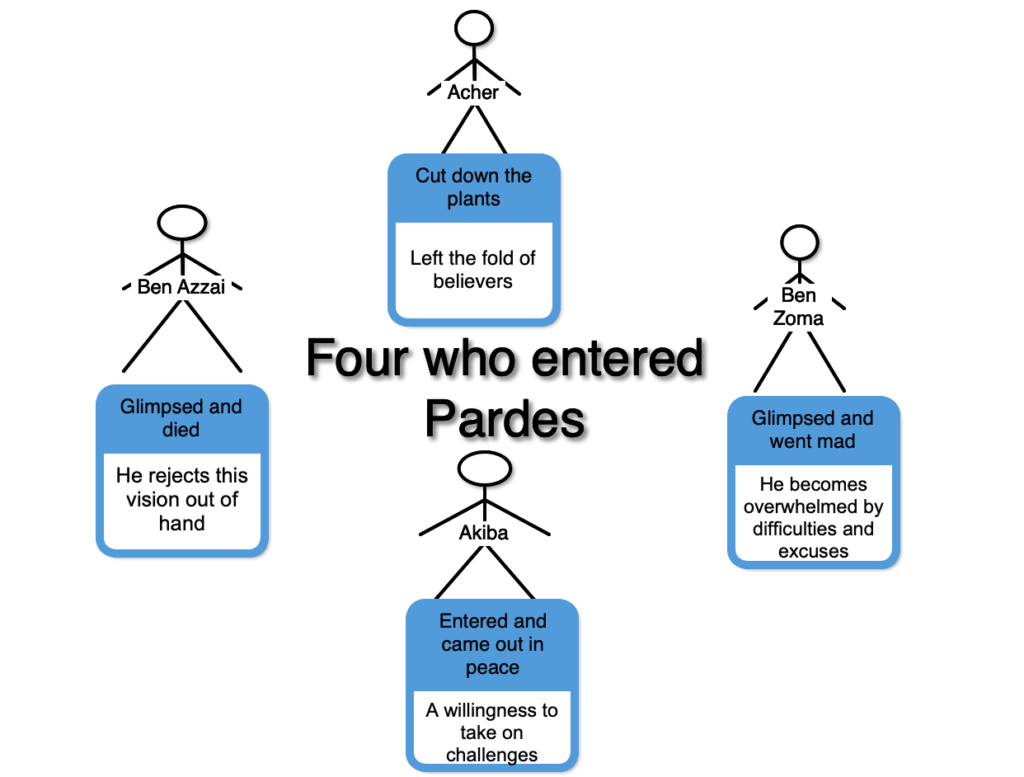The Game of Lechayim


The Game of Lechayim


Workshops:
| Last Name | First Name | Genre | Links |
|---|---|---|---|
| Agam | Yaakov | ||
| Arbus | Diane | ||
| Baskin | Leonard | ||
| Bolotowsky | Ilya | ||
| Blumenschein | Ernest | ||
| Borofsky | Johnathan | ||
| Chagall | Marc | ||
| Chicago | Judy | ||
| Dine | Jim | ||
| Epsetin | Sir Jacob | ||
| Flack | Audrey | ||
| Frankenthaler | Helen | ||
| Friedlander | Lee | ||
| Gehry | Frank | ||
| Gottlieb | Adolph | ||
| Gropper | William | ||
| Gross | Chaim | ||
| Guston | Philip | ||
| Katz | Alex | ||
| Lassaw | ibram | ||
| Levine | Jack | ||
| Libeskind | Daniel | ||
| Lipschutz | Jacques | ||
| Lichtenstein | Roy | ||
| Max | Peter | ||
| Neutra | Richard | ||
| Neuman | Barnett | ||
| Nevelson | Louise | ||
| Olitsky | Jules | ||
| Penn | Irving | ||
| Perlstein | Philip | ||
| Rand | Archie | ||
| Rivers | Larry | ||
| Rothko | Mark | ||
| Segal | George | ||
| Shahn | Ben | ||
| Shulman | Julius | ||
| Siskind | Aaron | ||
| Soyer | Moses | ||
| Soyer | Raphael | ||
| Stieglitz | Alfred | ||
| Strand | Paul | ||
| Walkowitz | Abraham | ||
| Weegee | Arthur Feilig |
Biblical:
The Persian royal origin of “Pardes” is directly reflected in two of the three appearances in the Hebrew Scriptures, in Nehemiah and Ecclesiastes. The third appearance reflects an earthly sensuality characteristic of “hebraic consciousness” exemplified by the Song of Songs.
Nehemiah, along with Ezra led the people as they readjusted to being back in their homeland. The verse indicates his role in the rebuilding required, and Asaph’s management of the royal Pardes or gardens. It is a direct reference to the Persian culture of the pardes.
Nehemiah 2:8: “A letter to Asaph, the keeper of the king’s pardes, directing him to give me timber to make beams for the gates of the temple fortress, and for the wall of the city, and for the house that I shall occupy.”
Ecclesiastes is portrayed as an elderly affluent, former ruler, who reflects on his achievements while advising the reader to enjoy life. The pardes verse Ecclesiastes 2:5 reads: “I made myself pardesim and parks, and planted in them all kinds of fruit trees.” The verse indicates his ability to use his wealth and position to create and use more than one Pardes. While there is no direct reference to Persian origin, the use of pardes would be understood as a a symbol of wealth and luxury.
Ecclesiastes shares Rabbinic tradition attribution to the royal King Solomon with Song of Songs. It is with this reference that Pardes assumes a new and sensual aura.
4:13 “Your thighs shelter a paradise of pomegranates with rare spices— henna with nard.”

Pardes